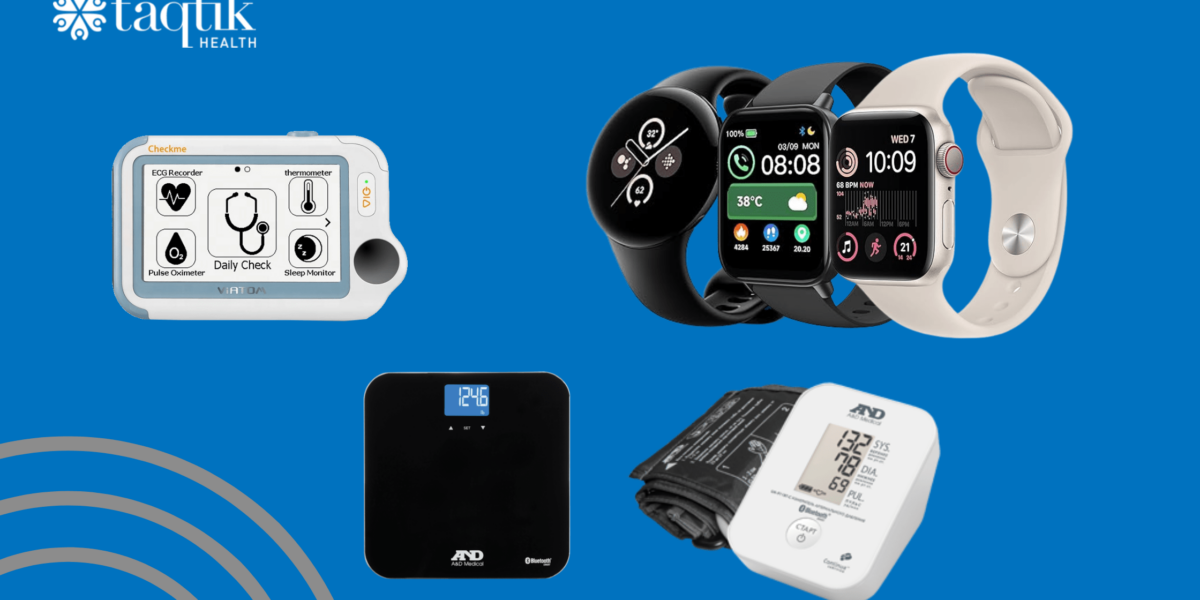In the realm of healthcare, there is a growing shift towards proactive approaches to patient care, enabled by advancements in technology. By understanding the advantages of proactive care, healthcare providers can optimize their practices and improve patient outcomes.
-
Understanding Reactive Healthcare:
Reactive healthcare refers to a traditional model where medical interventions occur primarily in response to acute symptoms or health crises. Patients seek medical attention after the onset of symptoms, leading to a primarily episodic and responsive treatment approach. This approach often results in delayed diagnosis, increased hospitalizations, and higher healthcare costs.
-
The Rise of Proactive Healthcare:
Proactive healthcare, on the other hand, emphasizes preventive measures and early intervention to identify and address health concerns before they escalate. It aims to monitor patients’ health continuously, enabling healthcare providers to take proactive steps to maintain well-being and prevent the progression of chronic conditions.
-
Remote Patient Monitoring (RPM) as a Proactive Solution:
Remote patient monitoring plays a pivotal role in proactive healthcare delivery. RPM utilizes digital technologies to collect real-time health data from patients outside traditional healthcare settings. This data includes vital signs, symptom reporting, medication adherence, and lifestyle factors. By continuously monitoring patients’ health, healthcare providers can detect subtle changes and intervene promptly, preventing complications and reducing hospitalizations.
-
Benefits of Proactive Healthcare with RPM:
- Early Detection and Intervention: With RPM, healthcare providers can identify potential health issues early on, enabling timely intervention and personalized treatment plans. This early detection helps prevent disease progression and reduces the need for emergency interventions.
- Improved Patient Engagement: Proactive healthcare encourages patients to take an active role in managing their health. RPM empowers patients by providing them with access to their health data, encouraging self-care, and facilitating regular communication with healthcare providers. This engagement leads to better health outcomes and patient satisfaction.
- Cost Savings: Proactive healthcare through RPM has the potential to reduce healthcare costs significantly. By preventing hospitalizations, emergency department visits, and complications, RPM helps optimize resource utilization and enhances overall healthcare efficiency.
- Enhanced Continuity of Care: RPM enables seamless communication between patients and healthcare providers, fostering continuous monitoring and follow-up care. This ensures a more comprehensive and patient-centered approach to healthcare delivery.
The shift from reactive to proactive healthcare, facilitated by remote patient monitoring, holds significant potential to improve patient outcomes and optimize healthcare delivery. By embracing proactive strategies, healthcare providers can harness the power of technology to detect health issues early, engage patients in their care, and reduce the burden on the healthcare system. Embracing the benefits of remote patient monitoring is a crucial step towards a more patient-centric and proactive healthcare approach.




